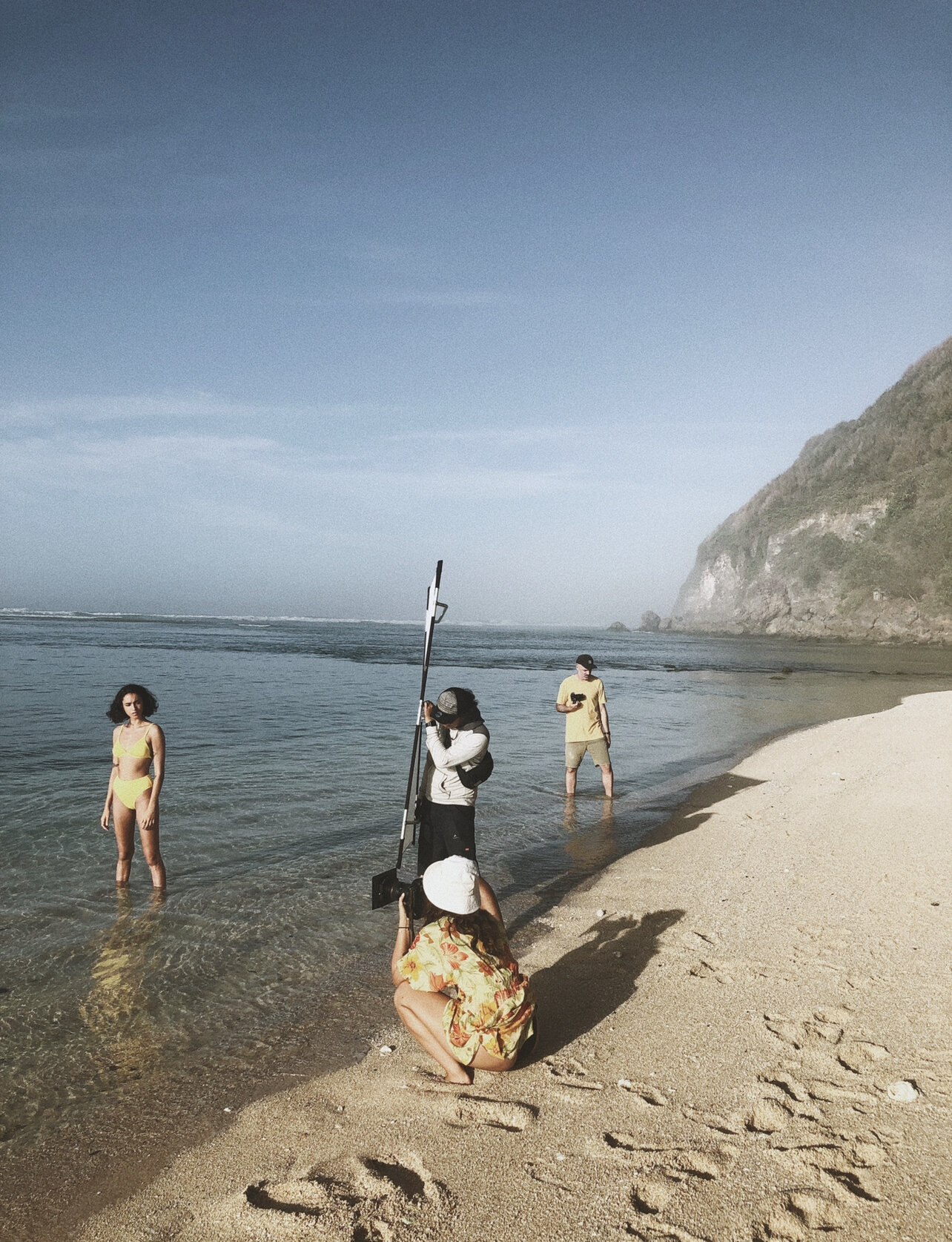10 tips on how to be a great photography assistant.
You’ve probably heard of the term ‘Assistant’ or ‘Digital Technician;’ but what are these roles and what do they entail?
The First Assistant is closest to the photographer and the most trusted asset on set, considered “job insurance” at a commercial level. This position typically goes to experienced assistants familiar with the photographer’s style of work, and working styles. They are the go-to, responsible for having a 360 degree view of the set, 20/20 vision that ensures camera settings, focus, lights, files and problems are all managed correctly, and have the foresight to anticipate needs of the photographer and the set.
Where the first assistant is the body of the shoot, the Digital Tech (DT) is our technical brain of the shoot. They are handling the most important assets of the job and preparing files as needed by the clients. Their knowledge of hardware, software and file types are paramount, as every plan must have a back-up, and a problem a solution. Data organisation, file labelling, storyboarding and computer troubleshooting are second nature. A good DT comes equipped with their hard and software, duplicates files without thinking, and have eyes for quality; noting changes in lighting, ensuring the First Assistant and Photographer are aware, and adjusting contrast, tone, making colour enhancements and corrections, and improving any aspects of imagery at the photographer’s request.
The The Second/Third assistants are managed by the first assistant or producer and have a wider scope of work; setting up, packing down and moving gear, and every little detail in between - keeping the set clean, assisting a stylist, holding reflectors, ordering lunch, cleaning up. This position is often filled by those new to the industry, or new to assisting, and is an important role in filling any gap on set. Respect your seniors, and work hard. A good assistant is a valued piece of any job.
Photography Assistant 10 top tips:
1. Be organised. Ensure you understand the photographer’s method of working, the client, the format of the shoot, and the expectations of the shoot, as well as any equipment needed, or locations that need to be scouted. Prepare and check the set, and be sure that everything is in working order.
2. Arrive early. Traffic is never an excuse to arrive late, so allow plenty of time for travel and parking. Discuss the day’s schedule with the photographer before the client arrives.
3. Let the photographer introduce you to the clients and use their example to acclimatize to the situation. Your role is secondary to that of the professional. However, the shoot is about the client.
4. A good assistant will present the photographer with a set that is ready for the photographer to simply press the button and create the images.
5. Anticipate and communicate. When on set, there is always work to be done somewhere. Organise gear, be one step ahead. Do things without being asked. Be prepared to help other members of the crew. A good assitant will know what the photographer needs before they ask.
6. For any problems that arise, discuss them with the photographer discretely, knowing their next move, and a good time to interject, or offer your assistance.
7. Be sure to document lighting setups with power settings before changing sets. It may be your duty to make sure the photographer can replicate this set with an accurate and detailed PDF.
8. Keep your phone in your pocket, unless you are making/taking a call on the photographer’s behalf, or shooting BTS - as asked. Learn how to respect someone else’s shoot and follow instructions. This is the photographer’s set. Do not take photos on the set or share any information about the shoot to social media, unless you have first cleared it with the photographer.
9. Maintain a clean, organised set and roll cords properly. Once you unpack and set up the gear, you should continue to make sure it is properly and safely set up, handled, moved and organised throughout the day. This will save you time at the end, and also help prevent unnecessary accidents and damage.
10. Always have a positive attitude.
In your pocket:
Light meter & Colour Card/Grey Card
Silk/micro fiber cloth to clean lenses
Extra Reflector
Spare batteries; AA and AAA
CF Cards
Tape
Clamps
Download the Sun Seeker App
Thinking of becoming an assistant?
Learn multiple lighting set-ups and familiarise yourself with a set during our ‘Introduction to Studio Lighting Course’ on the 5th of June












